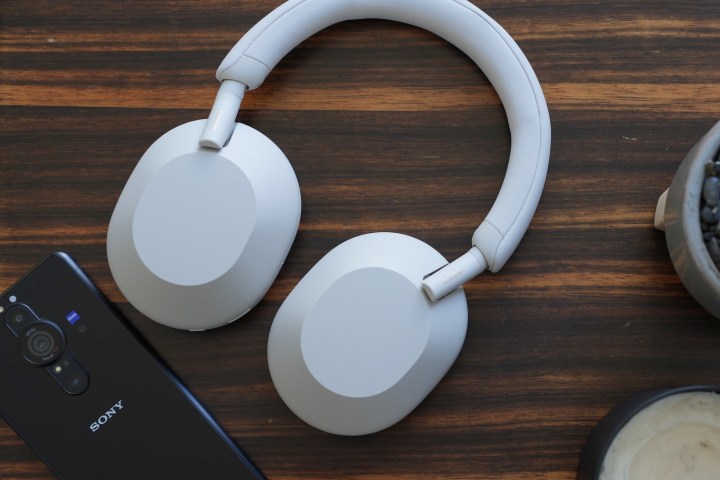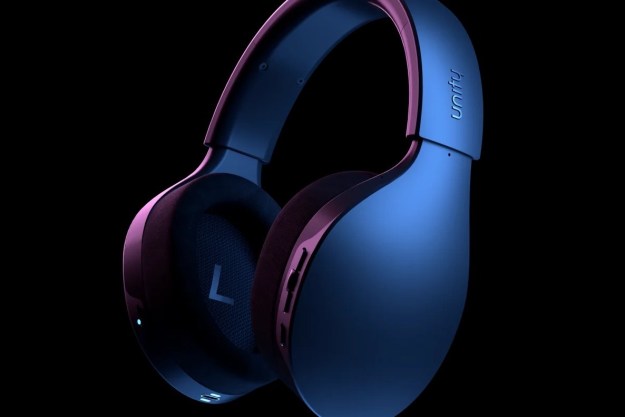As expected, Sony has taken the wraps off the fifth generation of its flagship line of active noise cancellation (ANC) wireless headphones. The WH-1000XM5 have been priced at $400 — $50 more than their predecessors, the WH-1000XM4 — and they sport a new, lighter-weight design, dual noise-canceling processors, eight microphones, and hi-res audio capability. The XM5 can be pre-ordered starting May 12 in both black and silver (a sort of sand color), and general retail availability begins May 20.

Sony plans to keep selling the older XM4 model alongside the new XM5, at least for the foreseeable future. The biggest change to Sony’s design for the WH-1000 series is a move away from the traditional flat-headband plus earcup forks design to an integrated approach. The headband sliders are now tubular and connect to a hidden pivot inside the tops of the earcups, creating a similar profile to both the Bose Noise Cancelling Headphones 700 and the Apple AirPods Max. The new design means that, unlike the XM4, which can fold flat, then fold again to take up less room, the WH-1000XM5 can only fold flat.
However, there’s a lot going on inside, too. Sony has switched to a much smaller, 30mm dynamic driver, which uses carbon fiber to achieve a level of sound quality that Sony claims is even better than that of the larger, 40mm drivers found in the XM4. The XM5 also doubles the number of microphones from four to eight, which, in combination with two sound-processing chips, gives the headphones a claimed “industry-leading” level of ANC performance. The ANC is now automatically optimized to both your wearing style and your surroundings — the XM4 needed to be manually calibrated periodically for maximum performance.
The XM5 keep the XM4’s quick-attention mode (cupping a hand to the right earcup engages transparency mode) and their speak-to-chat feature, which does the same thing when the
The XM5 uses four of these same microphones in conjunction with an AI-based noise-reduction system for voice calls, and Sony says this feature will also be an industry-leading capability. As with their predecessors, the XM5 is equipped with Bluetooth Multipoint for simultaneous wireless connections to two devices.
Battery life remains almost the same: A claimed 30 hours of operation with ANC on and 40 hours when it’s off. But a new quick-charge feature radically improves how fast you can breathe new life into these cans: With a USB Power Delivery charger (not included), you’ll be able to score an extra hour of playtime for every minute the
The WH-1000XM5 are compatible with phones that support Sony’s LDAC Bluetooth codec (most newer Android models) for wireless hi-res audio, and the cans have a frequency response of 20Hz to 40kHz, making them hi-res-compatible when used with the included analog cable.
There are a slew of additional features that can be controlled within the Sony
Are the WH-1000XM5 worth the extra $50 over the cost of the WH-1000XM4? We think so! Check out our in-depth WH-1000XM5 review and video.
Editors' Recommendations
- Nothing’s new earbuds upstage Apple, Google, and Amazon by embedding ChatGPT
- JLab steps closer to Sony and Bose with JBuds Lux ANC headphones
- Astell&Kern’s new headphone DAC is PlayStation-ready
- Sennheiser’s new budget-friendly headphones get a very high-end feature
- Sony updates WH-1000XM5 with head-tracked spatial audio and better multipoint






